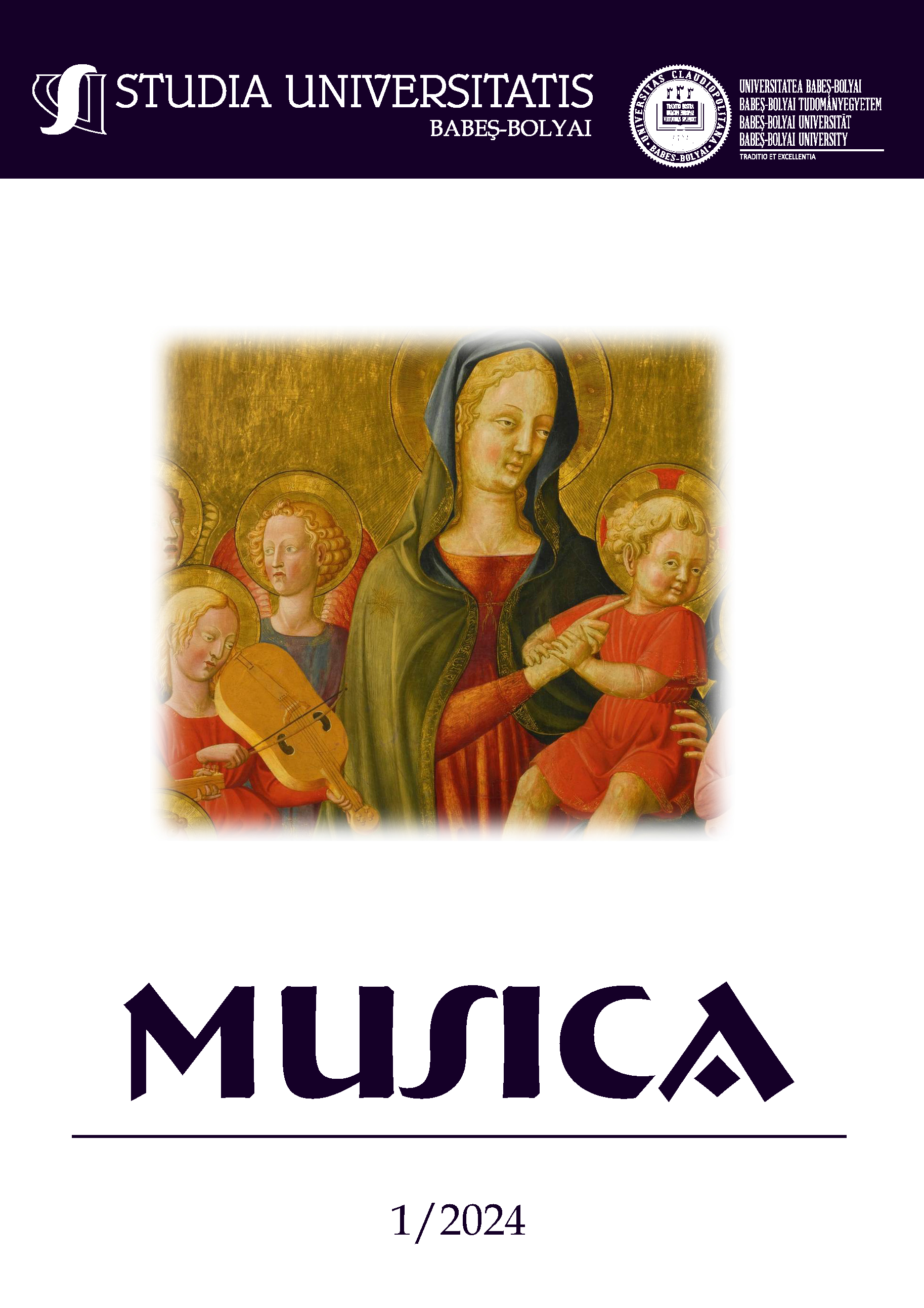INSIGHTS INTO THE MUSICAL DRAMATURGY OF ASTOR PIAZZOLLA’S OPERITA MARIA DE BUENOS AIRES
INSIGHTS INTO THE MUSICAL DRAMATURGY OF ASTOR PIAZZOLLA’S OPERITA MARIA DE BUENOS AIRES
Author(s): Gina-Mihaela PavelSubject(s): Music
Published by: Studia Universitatis Babes-Bolyai
Keywords: Astor Piazzolla; Maria de Buenos Aires; musical dramaturgy; orchestration; nuevo tango; counterpoint.
Summary/Abstract: Numerous pages have already been filled out about Astor Piazzolla’s operita Maria de Buenos Aires. What I aim to bring anew through this work is the delineation of the musical dramaturgy within this work, with an emphasis on the orchestral ensemble, instrumental architecture, general developmental principles, organization of musical material, created effects, and how they assist in constructing each section. Additionally, I aspire to bring this Piazzollian masterpiece closer to the public. Despite premiering in May 1968, it remains relatively unknown and rarely staged. Librettist Horacio Ferrer employs a “coded,” enigmatic language that is challenging to understand even for Spanish speakers. But the musicality and rhythm provided by his text contribute masterfully to the construction of the work’s dramaturgy, with the operita’s libretto perfectly fitting Piazzolla’s language. Maria de Buenos Aires is an important lesson in composition and orchestration, as well as a model of musical dramaturgy construction. It is also a truly source of inspiration for instrumentalists, singers, composers, orchestrators, or musicologists, as well as for actors, directors, choreographers, and poets.
Journal: Studia Universitatis Babes-Bolyai - Musica
- Issue Year: 69/2024
- Issue No: 1
- Page Range: 241-254
- Page Count: 14
- Language: English

